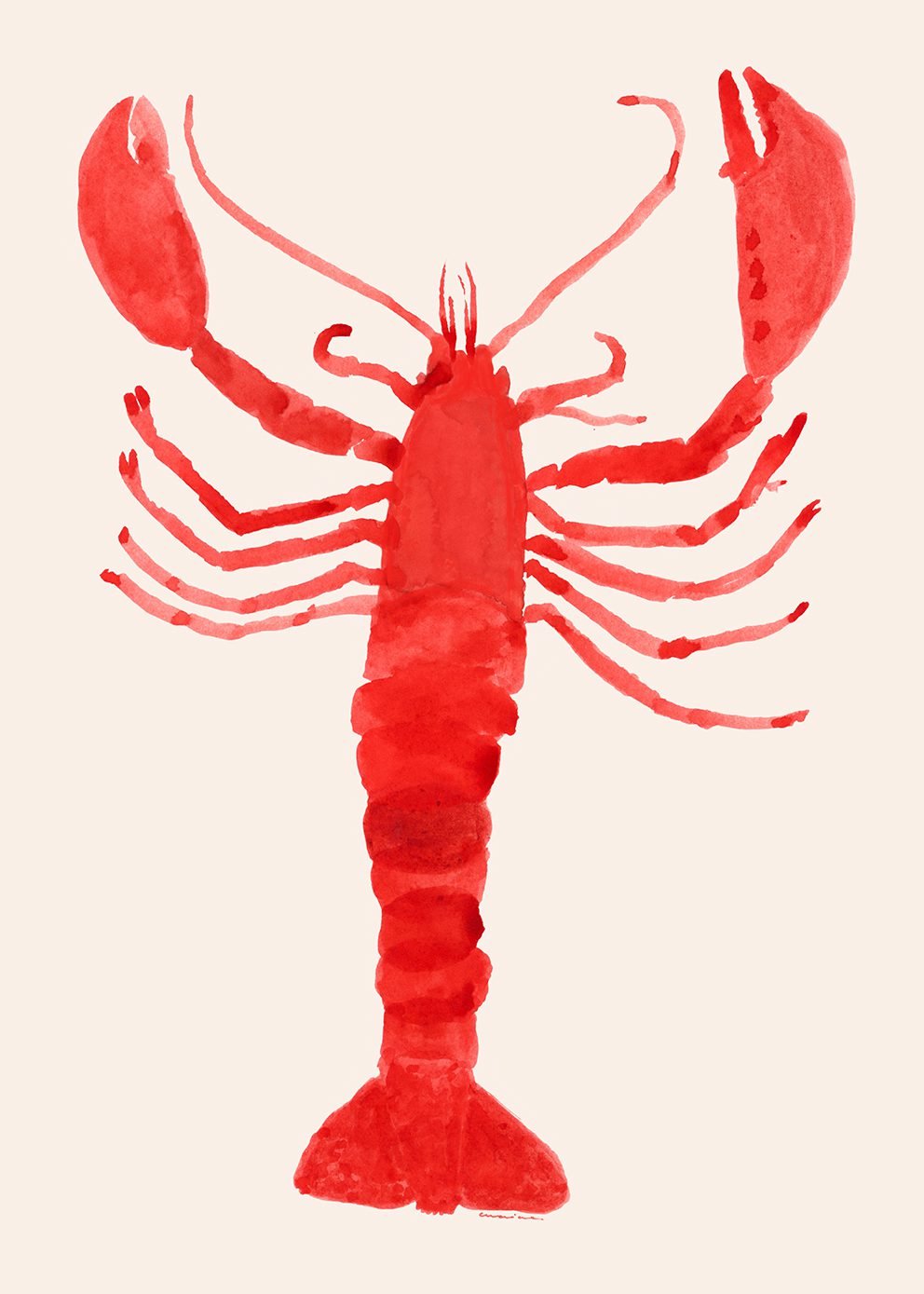
Langosta, a Spanish word for lobster, evokes images of culinary delight and seaside indulgence. This prized crustacean, with its sweet and succulent meat, has long been a favorite among seafood lovers worldwide. From upscale restaurants to quaint coastal shacks, langosta is a versatile ingredient that can be enjoyed in various dishes. Whether grilled to perfection or simmered in a rich bisque, langosta never fails to tantalize the taste buds. Join us on a gastronomic journey as we explore the allure and flavors of langosta, from the ocean to the plate.
The Amazing World of Langosta: Everything You Need to Know
Welcome to the wonderful world of langosta! In this article, we will explore all there is to know about these fascinating creatures that live in the depths of the ocean. From their anatomy to their habitats and unique behaviors, langosta is truly a marvel of nature.
The Origins of Langosta
Langosta, also known as spiny lobsters, are a type of crustacean that belong to the family Palinuridae. These creatures have been around for millions of years and can be found in oceans around the world. With their spiny exteriors and long antennae, langosta are easily recognizable and play an important role in marine ecosystems.
Anatomy of Langosta
Langosta have a hard outer shell that protects their soft bodies. They have strong, muscular tails that help them swim through the water, as well as powerful claws for capturing prey. Their long antennae are used to sense their surroundings and communicate with other langosta.
One of the most distinctive features of langosta is their vibrant colors. From bright reds to deep blues, langosta come in a variety of hues that help them blend in with their coral reef habitats. These colors also serve as a warning to predators that langosta are not to be messed with!
Habitats of Langosta
Langosta can be found in a wide range of habitats, from shallow coastal waters to deep-sea trenches. They prefer rocky crevices and coral reefs where they can hide from predators and hunt for food. Langosta are nocturnal creatures, meaning they are most active at night when they venture out in search of prey.
One interesting fact about langosta is that they are known to migrate long distances in search of food and suitable breeding grounds. Some species of langosta have even been observed traveling hundreds of miles during their annual migrations!
Behaviors of Langosta
Langosta are social animals that live in groups called colonies. Within these colonies, there is a strict hierarchy with dominant individuals asserting their authority over others. Langosta communicate with each other using a variety of signals, including sounds produced by rubbing their antennae together.
When it comes to feeding, langosta are opportunistic predators that will eat a wide range of prey, including fish, mollusks, and other crustaceans. They use their powerful claws to crush the shells of their prey and extract the tasty meat inside. Langosta are also known to scavenge for food, feeding on dead animals they find on the ocean floor.
Threats to Langosta
Despite their formidable defenses, langosta are not immune to threats from humans and other predators. Overfishing is a major concern for langosta populations, as they are a popular seafood delicacy in many parts of the world. Pollution and habitat destruction also pose significant risks to langosta and their marine environments.
Conservation efforts are underway to protect langosta and ensure their long-term survival. By establishing marine protected areas and implementing sustainable fishing practices, we can help safeguard langosta populations for future generations to enjoy.
In conclusion, langosta are truly remarkable creatures that play a vital role in marine ecosystems. From their unique anatomy to their fascinating behaviors, langosta are a testament to the beauty and diversity of the natural world. By learning more about langosta and the challenges they face, we can work together to protect these amazing animals and the oceans they call home.
We hope you’ve enjoyed this deep dive into the world of langosta. Stay tuned for more exciting adventures in the world of marine life!
Easy Broiled Lobster Tails #shorts
Frequently Asked Questions
What is a langosta?
A langosta is a type of lobster commonly found in warm waters, known for its delicious taste and large size. It is a popular seafood item in many cultures.
How is langosta different from traditional lobster?
Langosta is different from traditional lobster in terms of size, taste, and habitat. Langosta tends to be larger and sweeter in taste compared to traditional lobster, and it is commonly found in warmer waters.
How can langosta be prepared and served?
Langosta can be prepared in various ways, including grilling, steaming, or boiling. It is often served with melted butter, garlic, or in dishes like langosta salad or langosta mac and cheese.
Is langosta a sustainable seafood option?
Langosta can be a sustainable seafood option when sourced responsibly. It is important to choose langosta that is harvested using methods that minimize impact on the environment and support local fishing communities.
Final Thoughts
In conclusion, langosta is a versatile ingredient that can be enjoyed in various dishes. Its sweet, succulent flesh adds depth of flavor and richness to seafood recipes. Whether grilled, steamed, or boiled, langosta is a delicacy that is sure to impress any seafood lover. Next time you’re looking for a special treat, consider incorporating langosta into your meal for a truly memorable dining experience.





